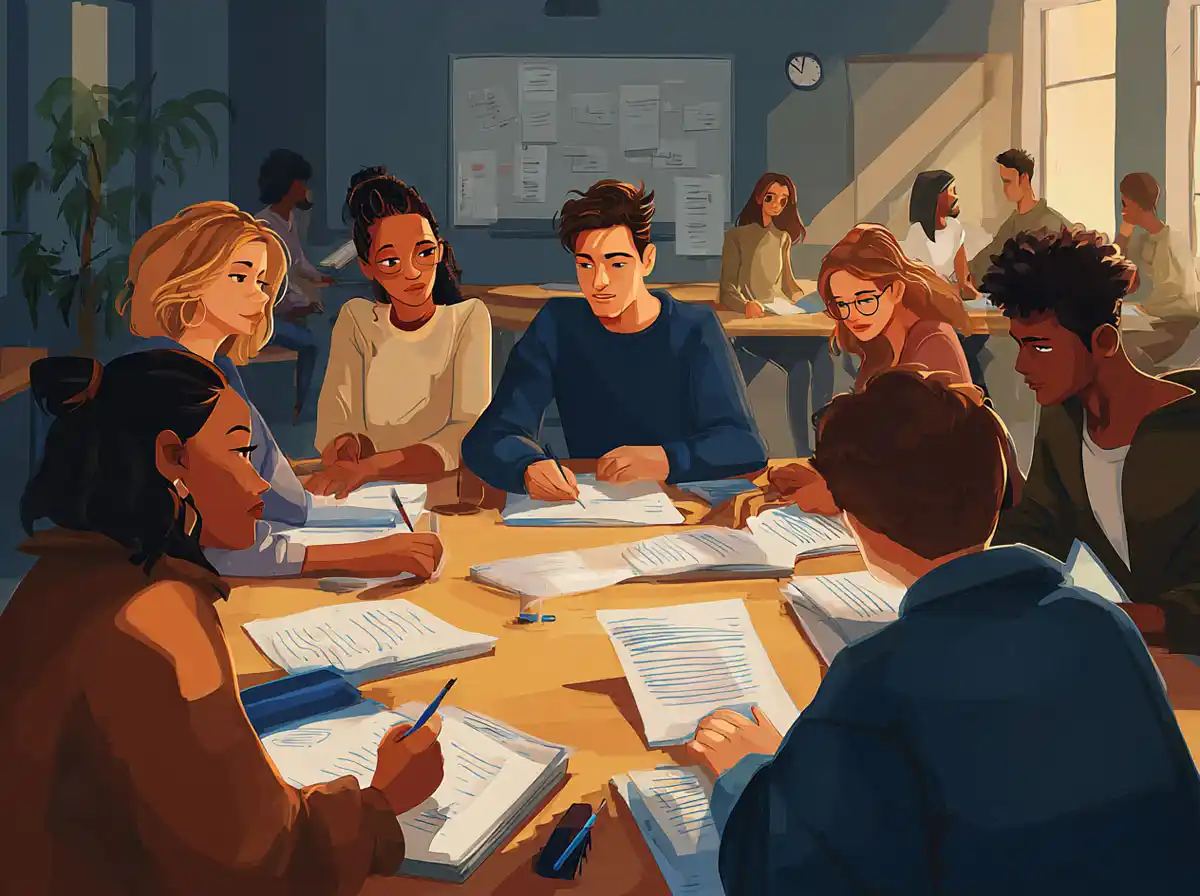Introduction to Thai Future Progressive Tense
Thai language is a fascinating and unique language with a complex grammatical structure. A vital part of mastering the Thai language is gaining a firm understanding of the various tenses, specifically the Future Progressive tense, which we will cover in depth in this article.
Formation of the Future Progressive Tense in Thai
In Thai grammar, the Future Progressive tense is used to convey an action that will be ongoing or continuous at a specific point in the future. To form this tense, Thai language employs a few essential components:
1. The auxiliary verb “จะ” (ja) – This auxiliary verb is placed before the main verb and indicates that the action will occur in the future.
2. The main verb – This is the action that will be performed.
3. The aspect marker “กำลัง” (gamlang) – This marker is placed right after the auxiliary verb “จะ” (ja) and before the main verb to show that the action will be continuous or progressive.
4. The subject – The noun or pronoun performing the action.
5. The object (if necessary) – The noun or pronoun receiving the action.
An example of a sentence in the Future Progressive tense in Thai is:
ฉันจะกำลังเรียนหนังสือ (Chan ja gamlang rian nangsu) – I will be studying (a book).
Negative Form of the Future Progressive Tense in Thai
To form the negative Future Progressive tense in Thai, the negation particle “ไม่” (mai) should be placed before the auxiliary verb “จะ” (ja). For instance:
เขาไม่จะกำลังทำงาน (Khao mai ja gamlang tham-ngaan) – He will not be working.
Interrogative Form of the Future Progressive Tense in Thai
To create a question in the Future Progressive tense, simply place the question particle “ไหม” (mai) at the end of the sentence. For example:
คุณจะกำลังเดินทางไปปารีสไหม (Khun ja gamlang doenthang bpai Paris mai) – Will you be traveling to Paris?
Common Thai Adverbs Used with the Future Progressive Tense
To provide additional information and better context, adverbs can be used in conjunction with the Future Progressive tense in Thai. Here are a few common examples:
1. เร็วๆ นี้ (reaw-reaw nee) – soon
2. ในอนาคต (nai anàkòt) – in the future
3. วันหลังๆ (wan lang-lang) – later on
These adverbs can be added to the sentence to give a clearer timeline of when the continuous action will take place. For example:
เธอจะกำลังเรียนภาษาไทยในอนาคต (Thoe ja gamlang rian phasa Thai nai anàkòt) – She will be learning Thai in the future.
Using Future Progressive Tense in Context
The Future Progressive tense in Thai is best understood and mastered through practice. Here are a few sample sentences to aid your comprehension:
1. พวกเราจะกำลังประชุมเวลาสองโมง (Phuak rao ja gamlang prachum wela song mong) – We will be having a meeting at two o’clock.
2. เขาจะกำลังวิ่งเส้นทางยาวในรายการแข่งขันเร็วๆ นี้ (Khao ja gamlang wing sen thang yaaw nai raaygan khaeng kan reaw-reaw nee) – He will be running a long distance in the upcoming race soon.
3. คุณจะกำลังรอคนสำคัญในสถานีรถไฟวันหลังๆ (Khun ja gamlang ro kon samkhan nai sathani rot fai wan lang-lang) – You will be waiting for an important person at the train station later on.
Conclusion
Gaining a solid understanding of the Future Progressive tense in Thai grammar is crucial for learners seeking fluency in the Thai language. By familiarizing yourself with the formation, usage, and context of this tense, you can significantly enhance your Thai language skills and comprehension.










